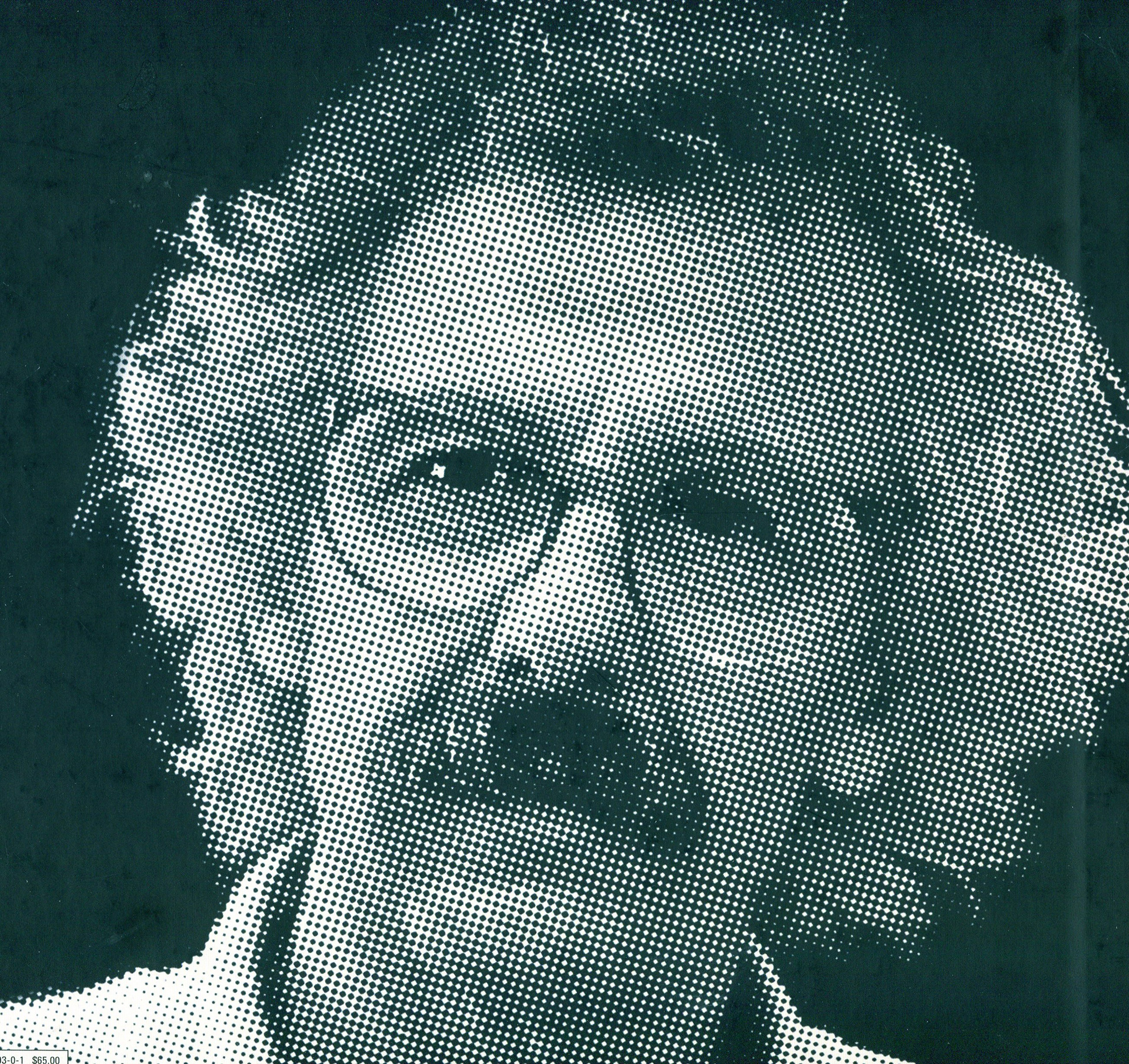The young Bill Moss, an art student turned illustrator, forged his legacy as a legendary tent designer when he spurred the “Pop Tent” revolution as a direct response to his dissatisfaction with the small, uncomfortable tent he utilized for duck hunting and ice fishing.
As most often happens, invention results from a desire for something more practical, more efficient, and more beautiful than that which existed before. The “Pop Tent” is no exception. Moss utilized his illustration expertise and artistic eye to transform the military-style tent into an object of beauty and functionality for modern-day America.
Convenient to set up, comfortably spacious, organically designed to be one with nature, and elegantly curvilinear, Moss Tents became the new standard in temporary tensile architecture.
His invention would shape the future of the tent industry, as manufacturers around the world realized the market potential for outdoor leisure, and began featuring Moss and his tensile creations in magazines, books, and museums across the nation.
Upon viewing the Moss Optimum 350 tent in Sports Illustrated Magazine, back in the 1980’s, Bill Wesnousky, now Founder, President, and CEO of FABRIQ Pavilion, was instantly mesmerized by the unity of beauty and functionality in Moss’ design. It is that precise moment—the happenstance Optimum 350 sighting that Wesnousky recalls as his first “Bill Moss moment”—that inspired four decades of pursuit to design, create, and develop the permanent organic modern tensile architectural structures that FABRIQ Pavilion offers today.
In this video, Wesnousky explains the Bill Moss “Pop Tent” invention, its significance on Bill Moss’ career, and the camping industry, which also directly impacted the FABRIQ Pavilion design.
To learn more about Bill Moss visit the FABRIQ Pavilion Heritage.

